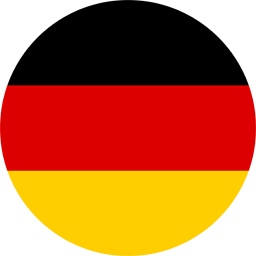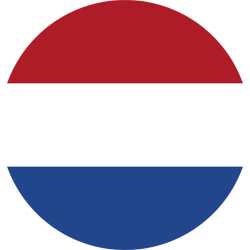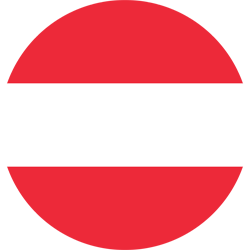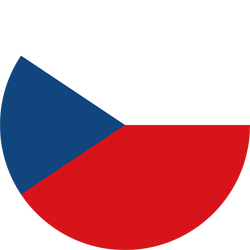Who has never heard of the cross fold with z fold? Now if you are trying to figure out which of the many that was ... Don't worry. It's fine if you don't know. In a moment, the next instalment of our series "13 in one go" will introduce you to this further member of the folded leaflet family. But before we take a look at the real star, here is the next episode from our mini-series about the fold.
Leaflet Mini-Series "Stories Round the Bend": Chapter 3 - Machine Folding
Today's instalment of our mini-series once again has an exciting topic in store for you. The third chapter is concerned with the question of how a fold makes its way into a sheet of paper. In our age of industrial production, this step is no longer in the hands of a single worker, but is instead carried out by folding machines. This is why, surprise surprise, we talk about machine folding.
Two different techniques are used to achieve this goal: the buckle fold and the knife fold.
Both methods of course start with a printed sheet. In buckle folding, it first passes through the folding rollers at the front end. It is then stopped at the rear end by the buckle plate. Since it is unable to travel any further, the sheet is then compressed, (hence the nickname "compression fold"), before finally being folded by the second rollers.
The second type of machine folding is the knife fold. Folding rollers are again used here, but a folding blade is used instead of a buckle plate. The sheet is first inserted again and then passes over the folding rollers to the end of the sheet guide. There it is stopped. Next, the eponymous folding knife comes into play and is placed above the sheet - at the point where the fold is to be made. Once the sheet is correctly aligned, the folding blade receives the signal to start and moves down onto the sheet. The sheet is pressed by the movement of the folding rollers, which in turn creates a folded crease.
As is often the case, it all depends on the goal. If the objective is to produce many folds in a short time, we opt for the buckle fold as it allows high throughput speeds. Where precision is a priority, the knife fold is used. Although it is slower - the folding blade needs time to return to its original position after each stroke - it is also more accurate.
You probably can't possibly fathom how the cross fold with z fold is created just from its name. The first step is to fold horizontally to create a parallel fold in landscape format with four pages. The aim, however, is twelve pages. We achieve this using the z fold. After folding horizontally, another two vertical folds are made; the direction alternating each time. And there you have your cross fold with z fold.
We can't say this often enough: Take care when creating the data, because there are many ways to create a print file. In order to keep you on the right track, we have compiled the most important information on cross fold with z fold leaflets in our data sheet; in text and image, as some things have to be seen to be understood. And if you're now thinking - all well and good, but where can I find this data sheet? We have put this where it belongs - to the right of the calculation mask for the respective product. You may have other questions while laying out your folded leaflet that may not be answered in the data sheet. If this is the case, our service team will be happy to advise you via email at service@printworld.de or by telephone.
That concludes our short introduction to cross fold with z fold leaflets. Of course, it is not the only one; our large family of folded leaflets also includes classics such as the roll fold and the concertina fold, as well as unusual examples such as the frog fold or hybrid blends of french, roll and concertina fold leaflets. Of course all printed, cut and folded by your online print shop printworld.com.
 DeutschlandLanguage
DeutschlandLanguage Nederland
Nederland Österreich
Österreich Česko
Česko Slovensko
Slovensko Polska
Polska France
France BelgiëLanguage
BelgiëLanguage Italia
Italia